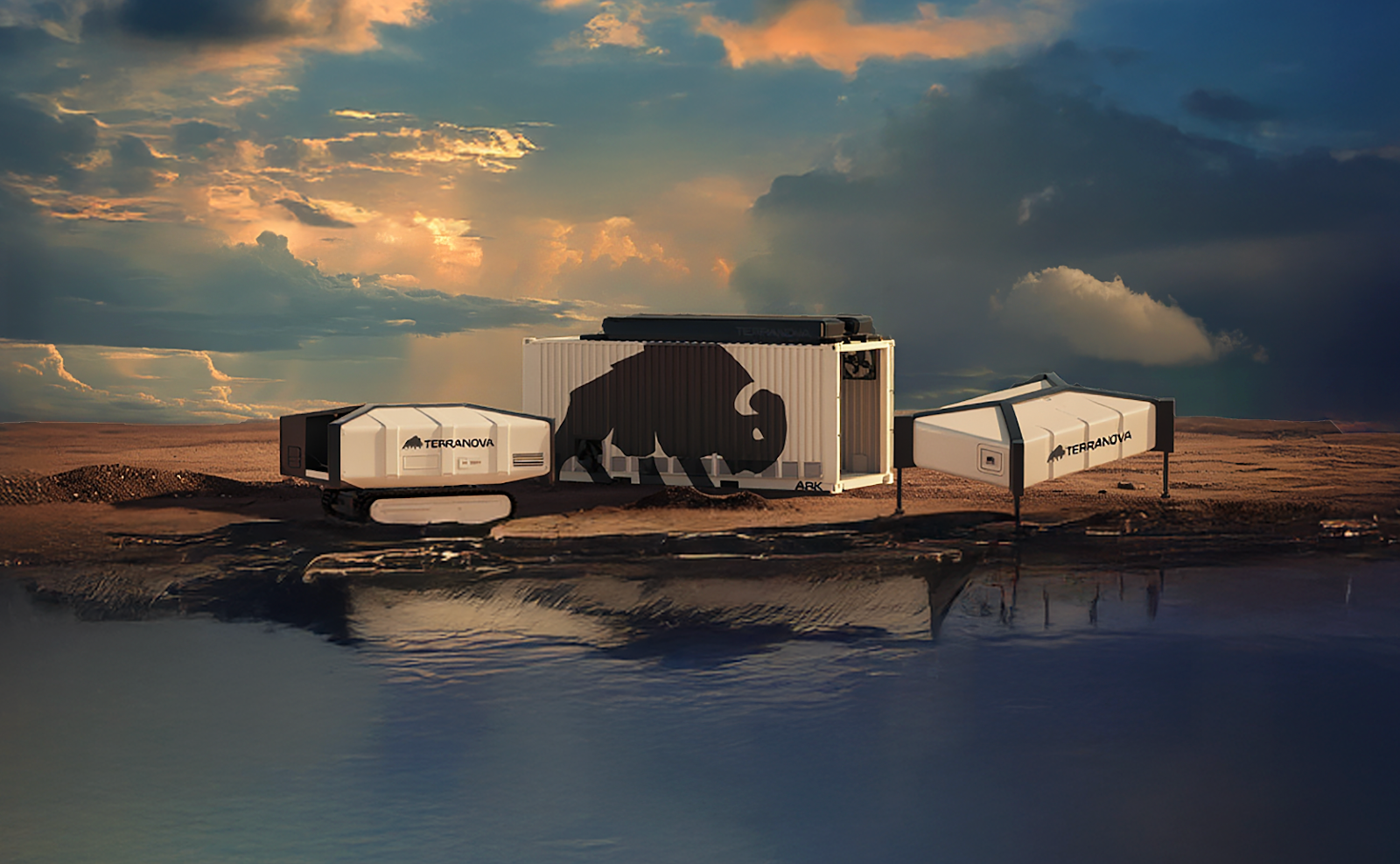Like Monocle before it, Frame allowed us to deepen our roots in the open source community —
those with the boldest ideas who will lead the revolution in intelligent computing. The greatest joy has been speaking to developers around the world building challenging, meaningful applications on top of Frame. This is our ‘why’. We learned a lot from developing and manufacturing Frame and knew we needed to bake that learning into Halo and Noa. But first we turned inward: based on deep reflection on our culture and how we work, painful but necessary changes were made to the team and supply chain to upgrade how we operate across the board to put us on solid footing to innovate more effectively at scale. So it’s against this backdrop that we decided to continue pushing the envelope as the industry starts to wake up to the potential of this new computing medium. But a longstanding open question remains: aside from functional widgets that hail from the mobile era, what is the definitive reason of existence for this new device category in our lives?
With Halo, we start to share our thoughts on that essential question.
On the software side, we had a pretty crisp sense of what felt right. In line with advancements in AI speech technologies we set course for a low latency, multimodal, conversational interface which felt like dialogue with a trusted friend who respects your privacy. But there is one more thing which has been on our mind for a while:
memory — a pillar of the human experience and a growing requirement for intelligent technologies.
Unlike prevailing memory solutions which are oriented toward text/document/browser usage, we felt we could make a contribution to this space by designing Noa’s memory to learn from the challenging contours of daily life — what you see, hear, and say — while discerning useful signal from the abundance of noise. The prospect of a private, trusted agent reasoning over years of the life you live opens previously unimaginable possibilities. It’s early days for this effort and we will continue to advance it to greater heights over the coming months and years. Stay tuned
Our work on Halo’s hardware required as much restraint, clarity of purpose, and intensive design across every level of the stack. Like us, you may have noticed that nearly every other pair of smart glasses coming to market is following a predictable path. We are thinking different.
While keeping a full color display and camera, we introduced an additional microphone and two speakers — all wired into a low-power AI processor. By eschewing over-powered processors, WiFi, and hefty image sensors geared more for social media capture than focused AI inference, we accomplished a hardware design made for all day wearability and agent interactions. These architectural decisions allowed us to enrich the customer experience and broaden the value proposition to developers while lowering the price point and multiplying battery life — all within the constraints of Halo’s deceptively inevitable industrial design. We believe these devices need to feel beautiful and unobtrusive while enabling tremendous creativity and intelligence.
All of this — hardware and AI — we did in just over six months and it is a testament to the ongoing refinement of our small but mighty team’s way of working.
.png)




